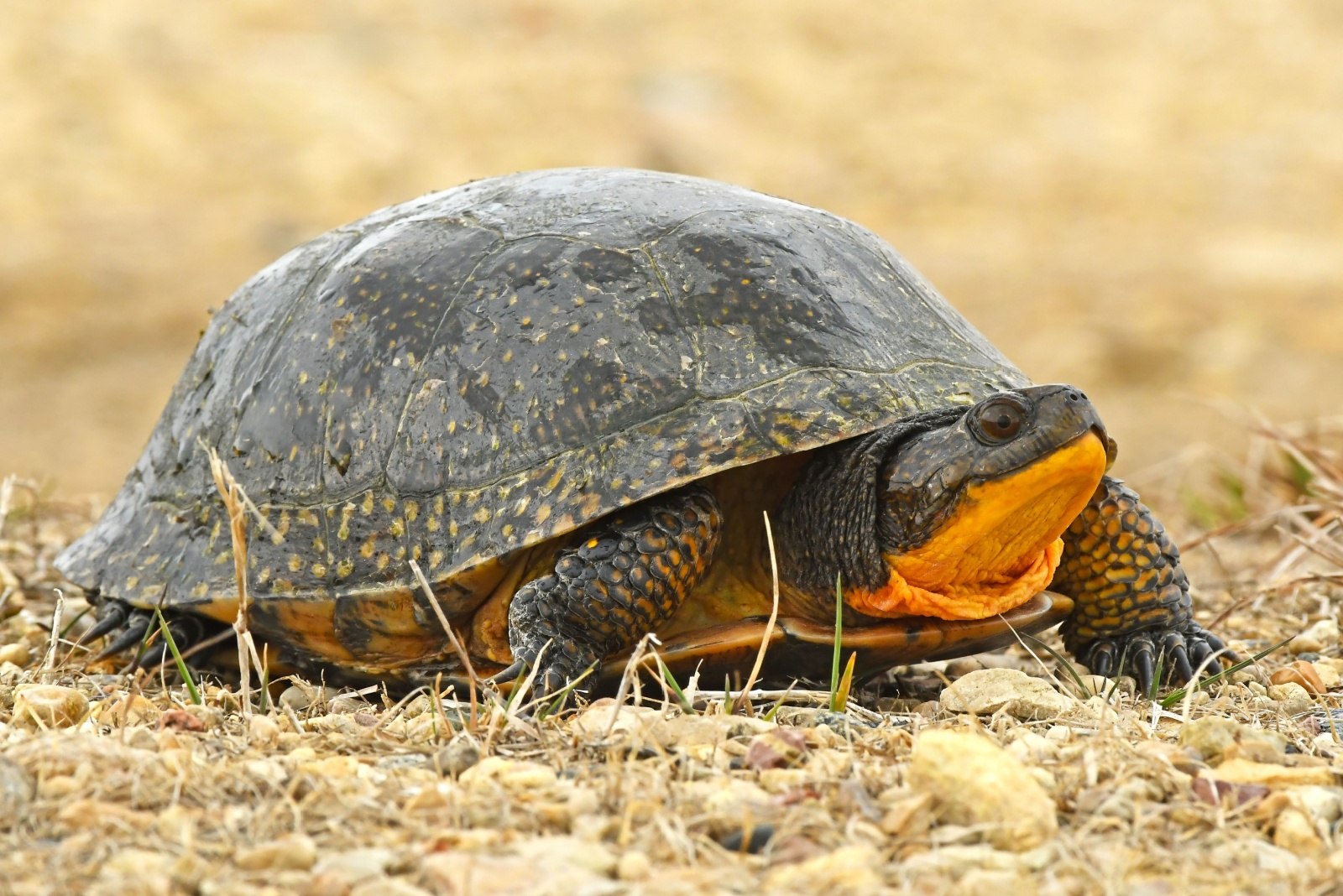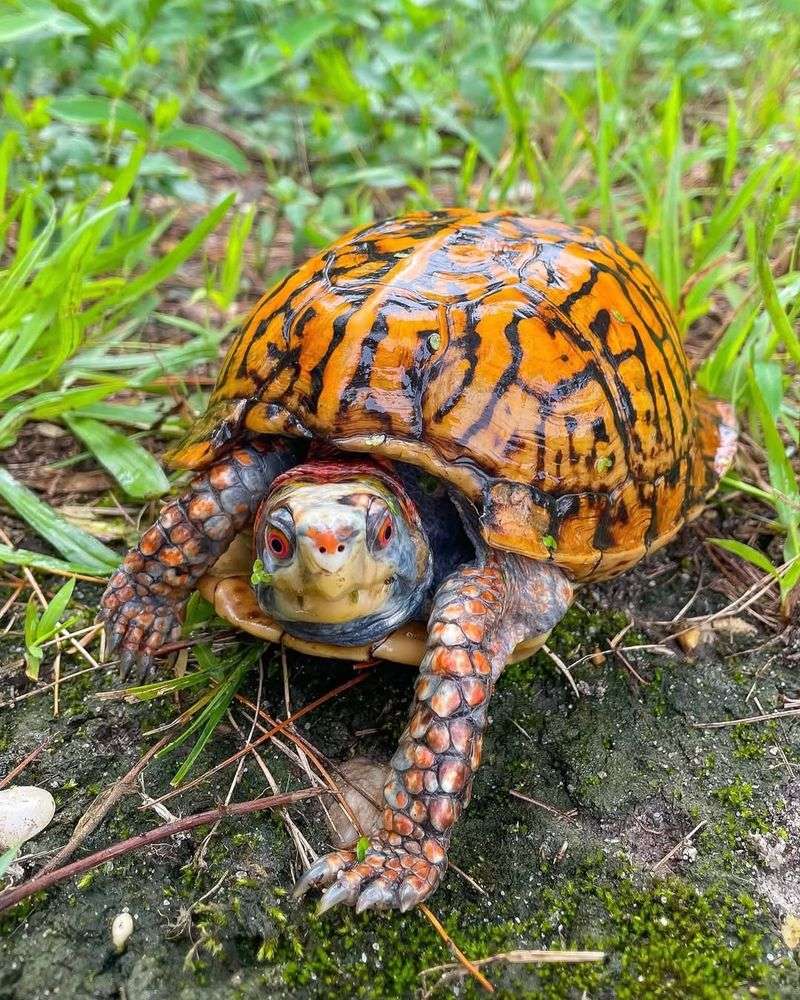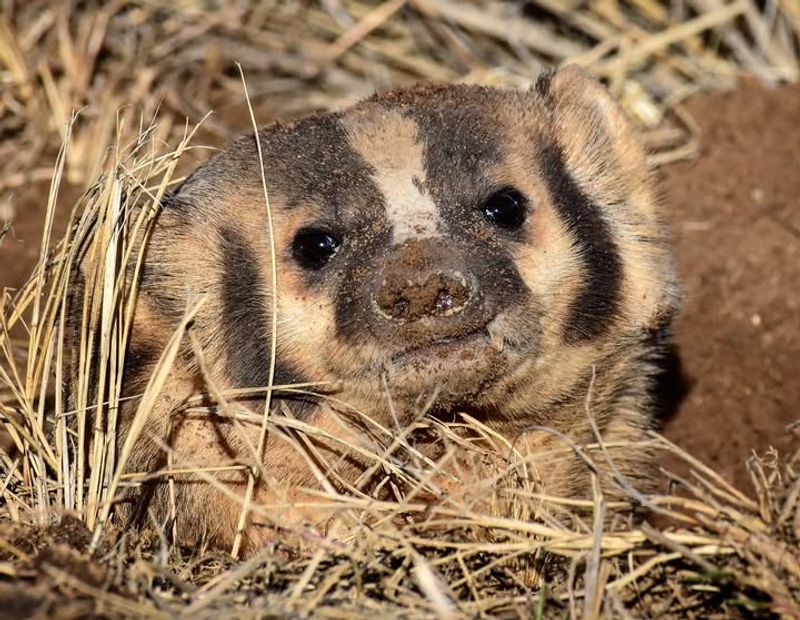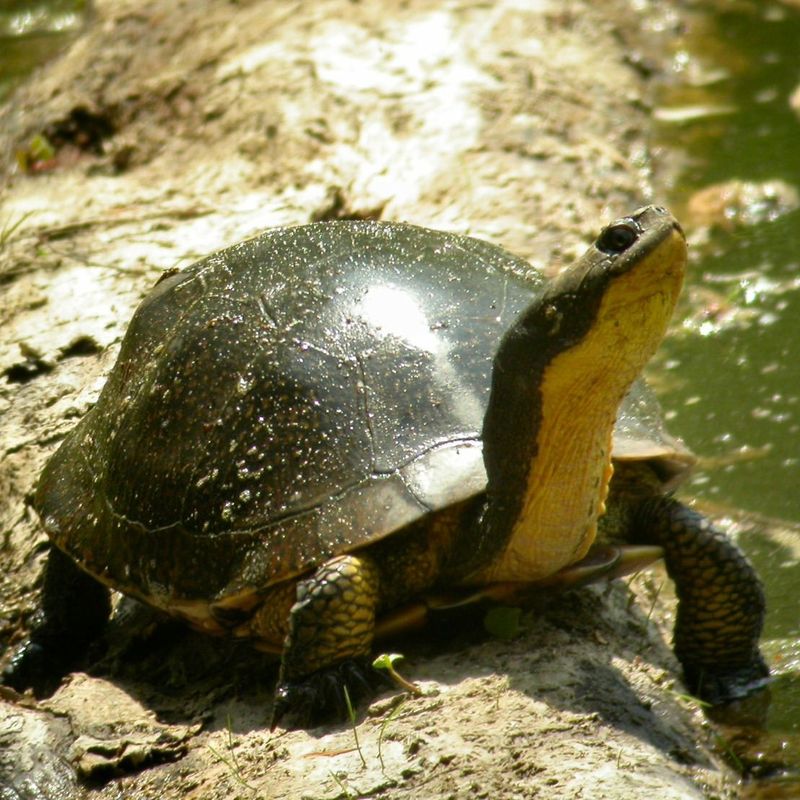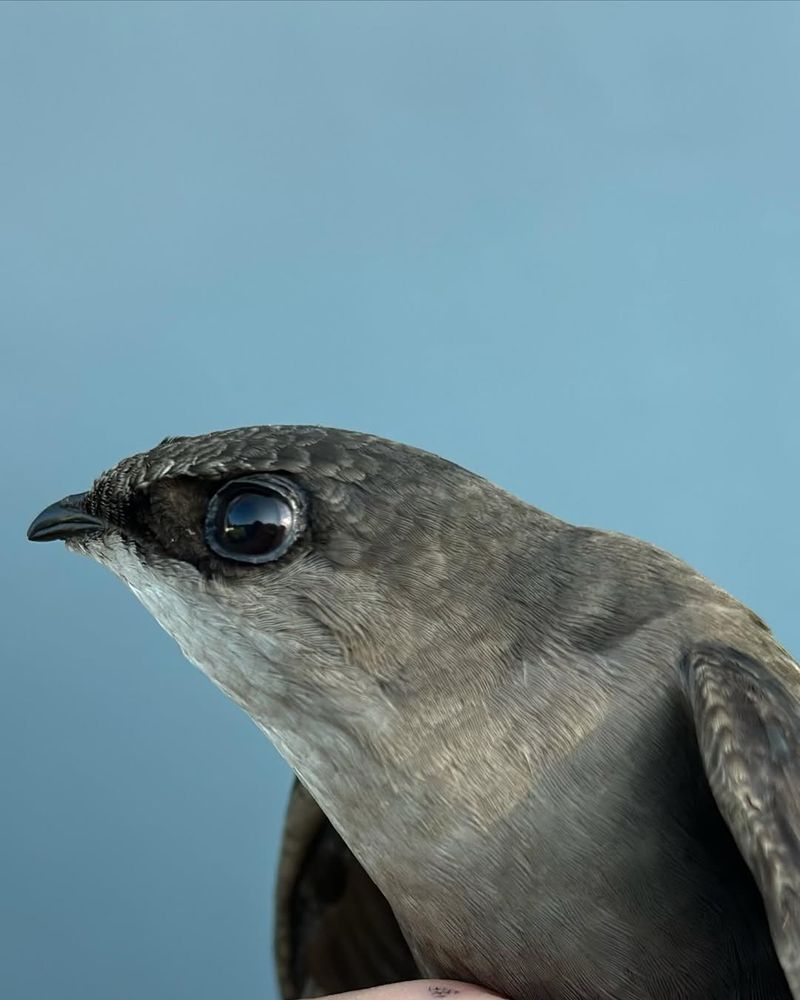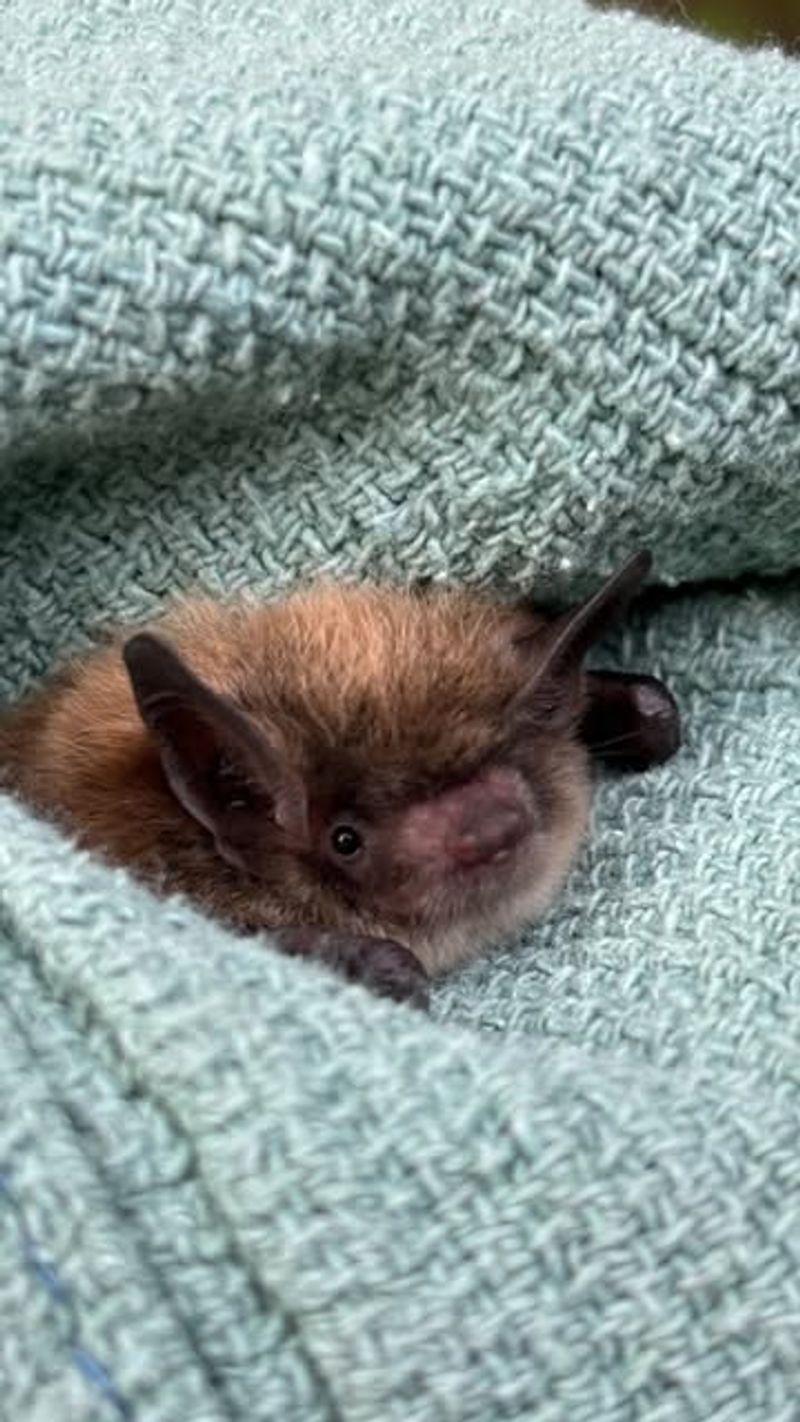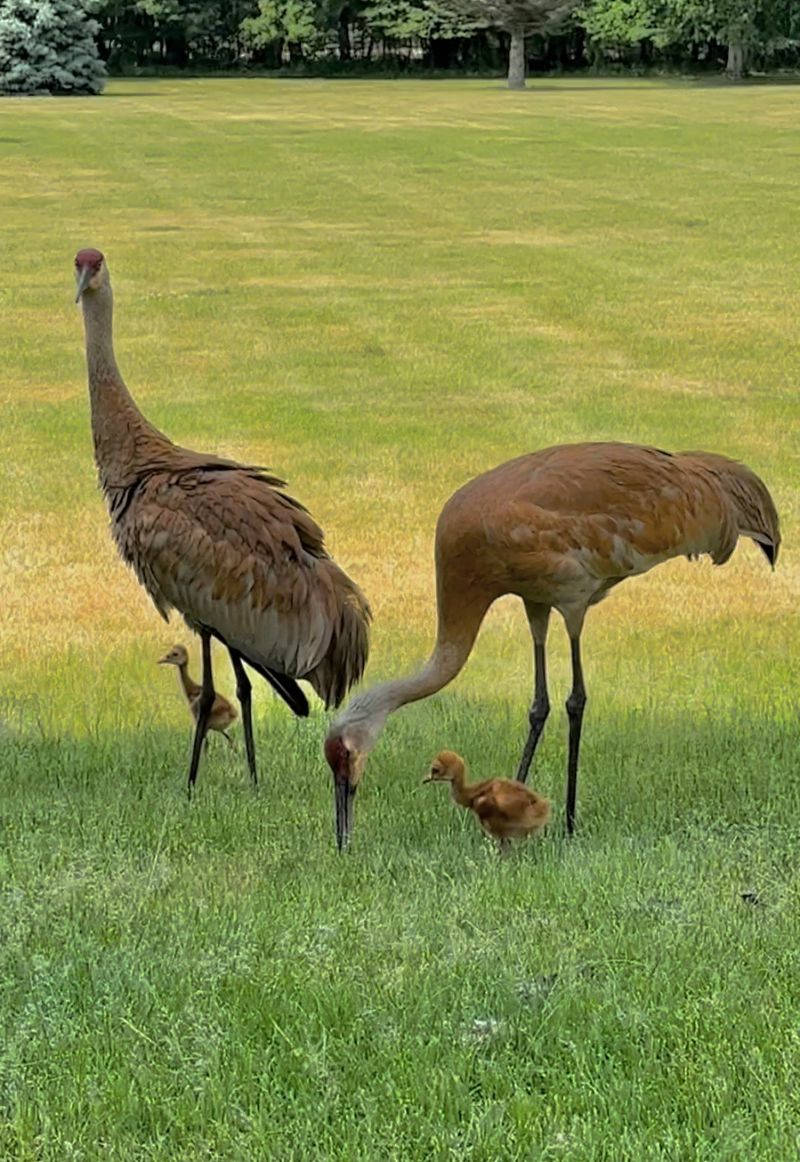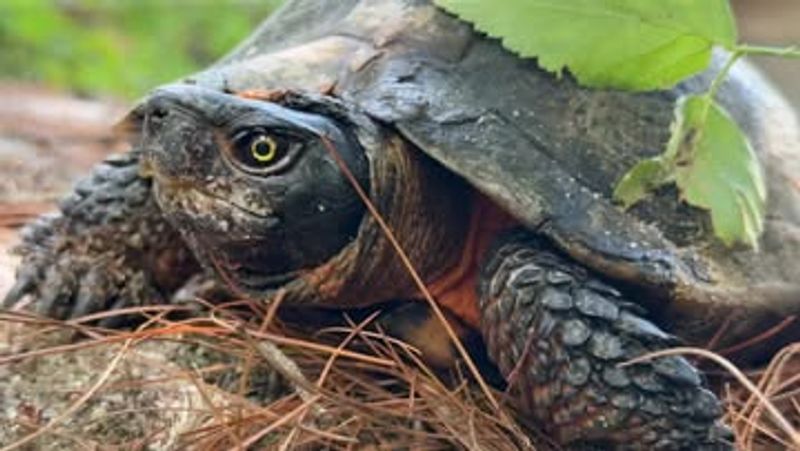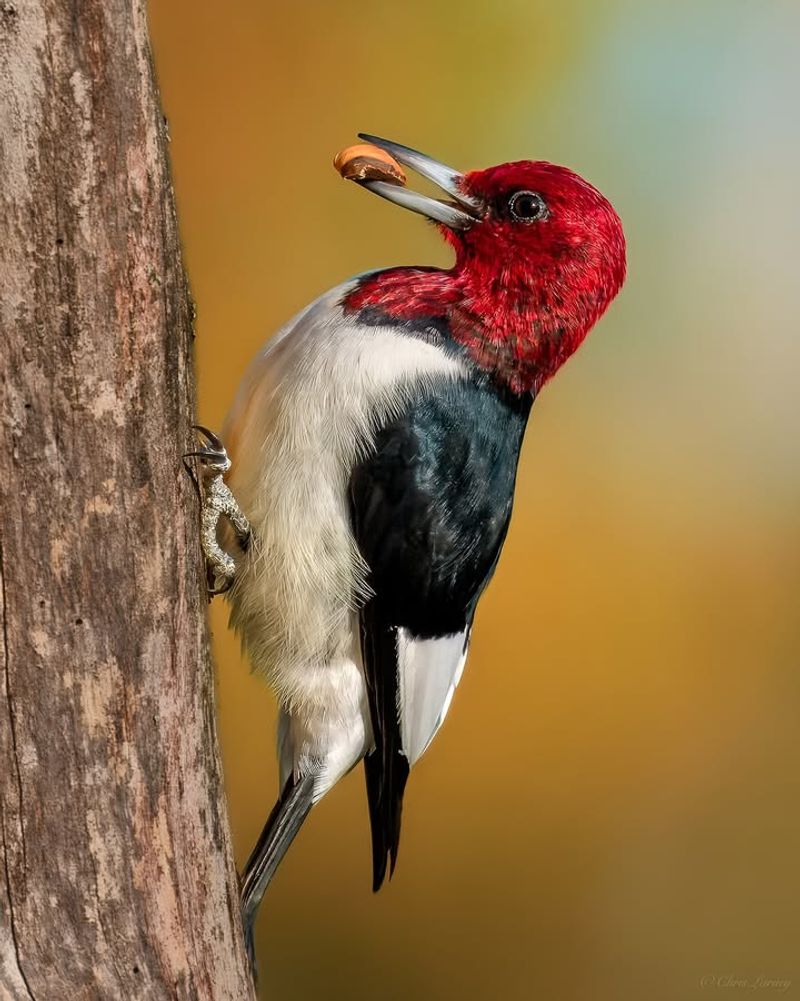Wisconsin has some pretty strict laws when it comes to wildlife, and you might be surprised to learn that certain creatures living in your yard are completely off-limits. Removing or harming these animals can lead to hefty fines or even legal trouble.
Understanding which species are protected helps you stay on the right side of the law while respecting nature’s important role in our ecosystem.
1. Eastern Box Turtle
Wisconsin law considers the Eastern Box Turtle a species of special concern, making it illegal to capture, harm, or relocate one from your property. Their slow reproduction rate and declining numbers have earned them this protected status.
If you spot one wandering through your garden, consider yourself lucky! They eat slugs, insects, and berries, acting as natural pest controllers.
Simply admire them from a distance and let them continue their journey. Moving them elsewhere disrupts their established territory and survival patterns.
2. American Badger
Despite their fierce appearance and impressive digging abilities, American Badgers enjoy legal protection throughout Wisconsin. These stocky mammals are classified as a protected wild animal under state regulations.
Badgers create extensive burrow systems that might seem destructive, but they actually help aerate soil and control rodent populations. Their presence indicates a healthy ecosystem in your area.
If a badger takes up residence near your property, contact wildlife officials for guidance rather than attempting removal yourself, which violates state law.
3. Blanding’s Turtle
Blanding’s Turtles are among Wisconsin’s most endangered reptiles, earning them strict legal protection. Their cheerful yellow throat and chin make them easily recognizable, almost appearing to smile at you.
Finding one in your yard means your property likely borders quality wetland habitat. These turtles can live over 70 years, but development and road mortality threaten their survival.
Never attempt to keep one as a pet or relocate it. Report sightings to the Wisconsin DNR to help conservation efforts track their remaining populations.
4. Chimney Swift
Did you know these acrobatic birds are federally protected under the Migratory Bird Treaty Act? Chimney Swifts have adapted to nest inside residential chimneys, which can surprise homeowners during spring and summer months.
Their constant chattering and scratching sounds might seem annoying, but these insect-eating champions consume thousands of mosquitoes and flying pests daily.
You cannot remove active nests or block chimneys while they’re occupied. Wait until fall migration ends, then cap your chimney to prevent future nesting if desired.
5. Little Brown Bat
White-nose syndrome has devastated bat populations across Wisconsin, landing the Little Brown Bat on the protected species list. These tiny mammals face potential extinction without careful conservation measures.
A single bat devours up to 1,000 mosquitoes per hour, making them incredibly valuable for natural pest control around your home and yard.
Wisconsin law prohibits harming bats or disturbing their roosts during maternity season. Professional wildlife experts must handle any necessary exclusions using humane, legal methods approved by state authorities.
6. Sandhill Crane
Standing nearly four feet tall, Sandhill Cranes make impressive yard visitors throughout Wisconsin. Their distinctive rattling calls echo across neighborhoods, especially during migration seasons.
Both state and federal laws protect these majestic birds from harassment or harm. Their population recovery represents a major conservation success story after near-extinction in the early 1900s.
While they might damage gardens or lawns while foraging, you cannot chase them away aggressively or harm them. Gentle discouragement methods are your only legal option for managing their presence.
7. Wood Turtle
Wisconsin classifies Wood Turtles as endangered, offering them maximum legal protection throughout the state. Their beautifully carved shell patterns and curious personalities make them especially vulnerable to illegal collection.
Wood Turtles prefer areas near streams and rivers but sometimes wander into residential yards during summer months. They demonstrate surprising intelligence and can live over 50 years in the wild.
Touching, moving, or keeping them is strictly prohibited. Take photos instead, and notify conservation authorities about your sighting to support ongoing population monitoring efforts.
8. Red-Headed Woodpecker
With their stunning crimson heads and bold black-and-white plumage, Red-headed Woodpeckers rank among Wisconsin’s most beautiful yard visitors. Federal protection covers them under the Migratory Bird Treaty Act.
Habitat loss has caused significant population declines, making every nesting pair precious for conservation. They cache food in tree bark and defend their territories vigorously against intruders.
Even if they drill holes in dead trees on your property, you cannot harm them or destroy active nests. Their insect-eating habits benefit your yard’s overall health naturally.

